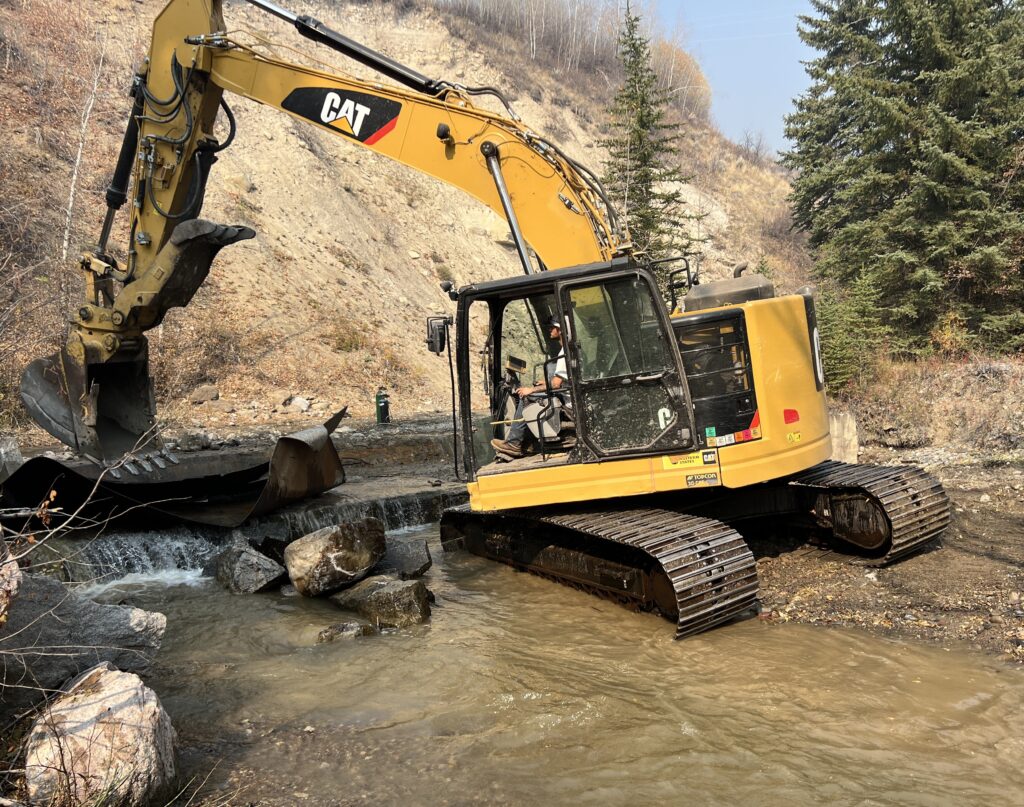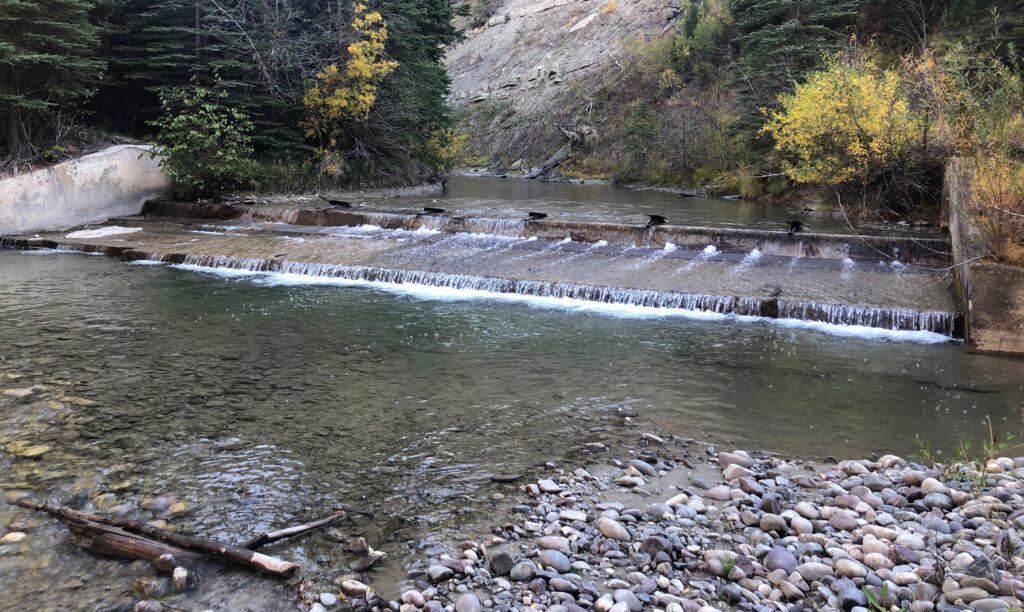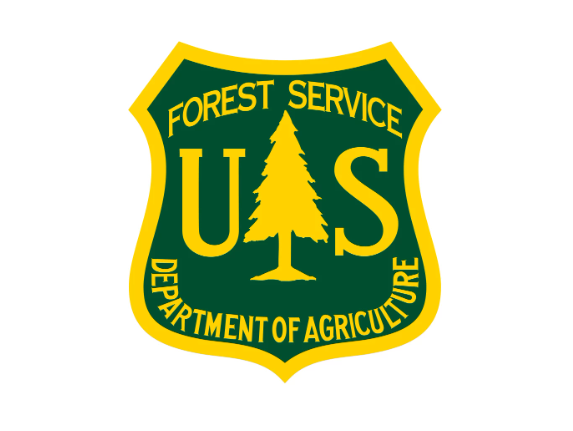Two Dams Removed on Lava Creek Reconnecting 9 Miles!

For more than 70 years, two channel-spanning concrete irrigation dams on Lava Creek, a tributary of the Buffalo Fork, have blocked upstream fish passage to nearly nine miles of excellent aquatic habitat on the Bridger-Teton National Forest.

In 2024, we worked with Bridger-Teton National Forest, Wyoming Game and Fish Department, Teton Conservation District, and the Pinto Ranch, as well as many additional funding partners, to remove these dams through the Lava Creek Fish Passage Project. Through the course of pre-project monitoring, we discovered abundant healthy habitat upstream of these dams, but very few cutthroat trout or other native fish. This led project partners to determine that these channel-spanning dams have likely been suppressing the fish population in Lava Creek for decades since they have been in place. Project partners worked with the Pinto Ranch, which diverts water from Lava Creek to water pasture and hay meadows for horses and cattle on their 1,200-acre ranch, to come up with a project plan that would replace the concrete dams with “harden riffle” structures and improve water delivery down their ditches while restoring fish passage to Lava Creek. Hardened riffles are essentially numerous strategically-placed boulders within a segment of the stream that appear nearly identical to a natural riffle, but serve multiple purposes – they control the grade of the stream to check the water at a consistent, reliable level, to provide water to irrigation ditches, but allows for variation in flow and a gradual gradient so that fish can move upstream. We are excited to see what the future holds for Lava Creek as cutthroat trout and other native fish begin to take advantage of this habitat that has been unavailable for more than 70 years.




